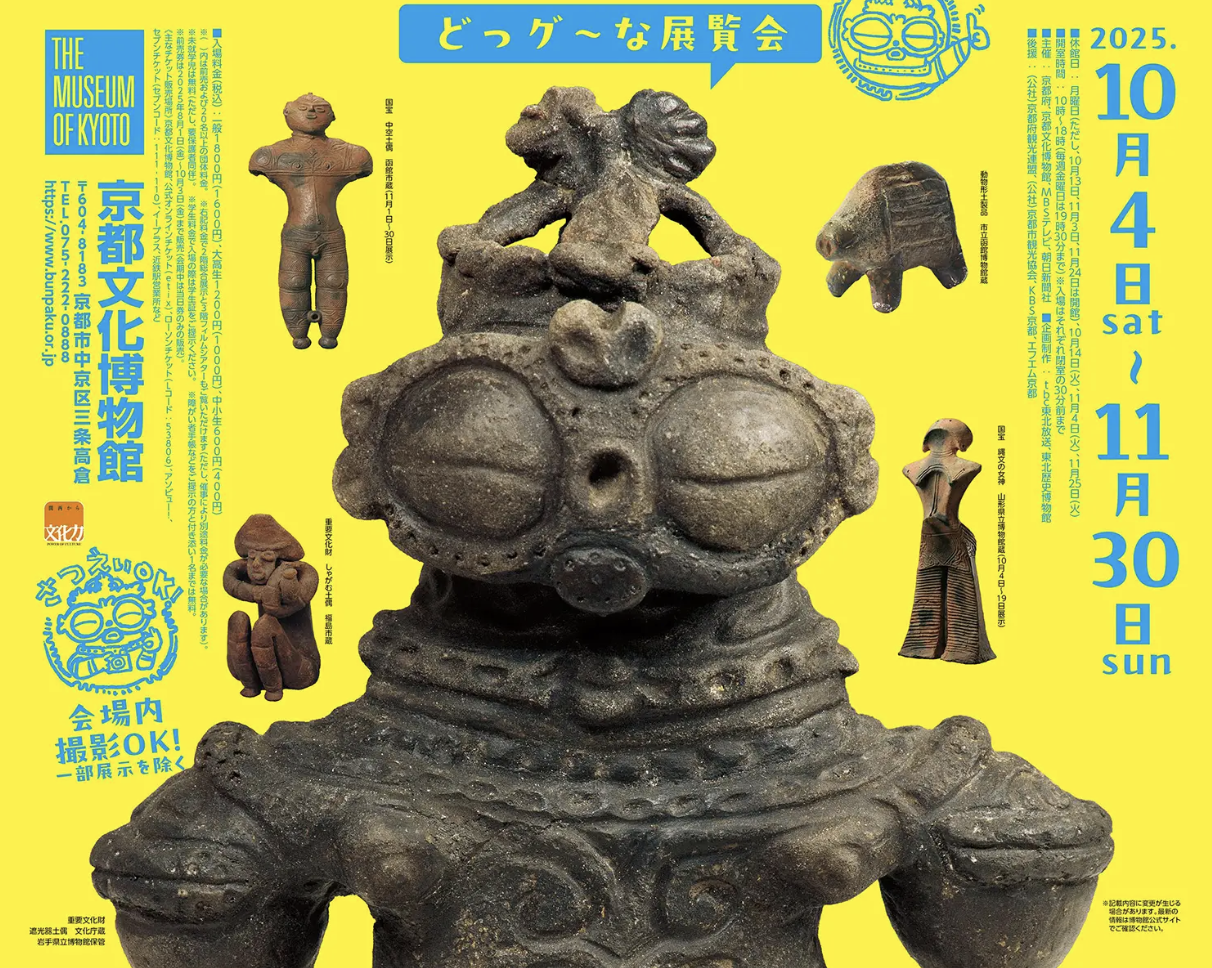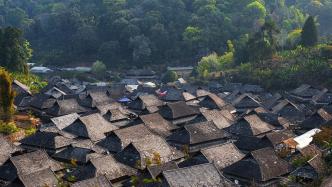

The Paper has learned that on September 10, local time, the 45th enlarged session of the World Heritage Committee opened in Riyadh, the capital of Saudi Arabia. This conference lasts for two weeks and is another super-large conference after the 44th World Heritage Conference held in Fuzhou in 2021. The 2022 Heritage Conference originally scheduled to be held in Kazan, Russia, was postponed due to the Russia-Ukraine conflict. This year's conference needs to deal with two years of accumulation of review items and a series of work issues.
Among the 50 World Heritage application projects to be reviewed, the Pu'er Jingmai Mountain Ancient Tea Forest Cultural Landscape will be reviewed as the only project submitted by China. Once the application is successful, it will become the world's first tea culture world heritage and China's 57th world heritage.

Jingmai Mountain Ancient Tea Forest
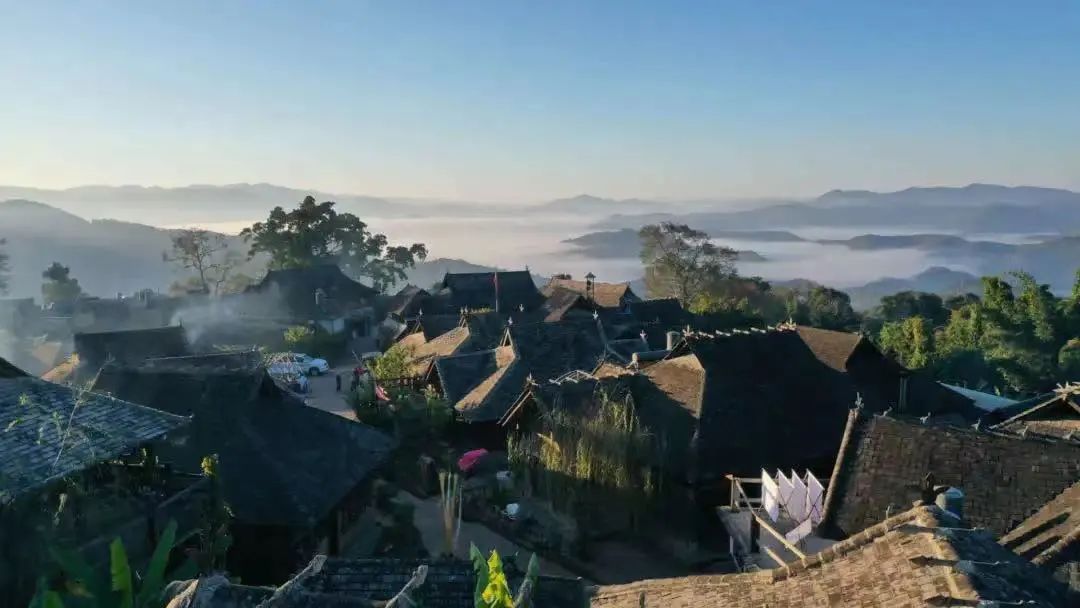
China, Jingmai Mountain, Pu'er ©Luo Xin
The ancient tea forest cultural landscape of Jingmai Mountain in Pu'er was recommended for inclusion
This conference will review 50 declared projects, including 24 projects that should have been reviewed in 2022 (20 new declared projects, 4 major boundary modification projects), and 26 projects reviewed in 2023 (25 projects Among the newly declared projects, one is a major boundary modification project). These include a total of 36 cultural heritage items, 12 natural heritage items, and 2 mixed heritage items. In terms of regional distribution, there are 22 projects in Europe and North America, 16 projects in the Asia-Pacific region, 7 projects in the African region, and 3 projects each in the Arab countries and Latin America and the Caribbean.
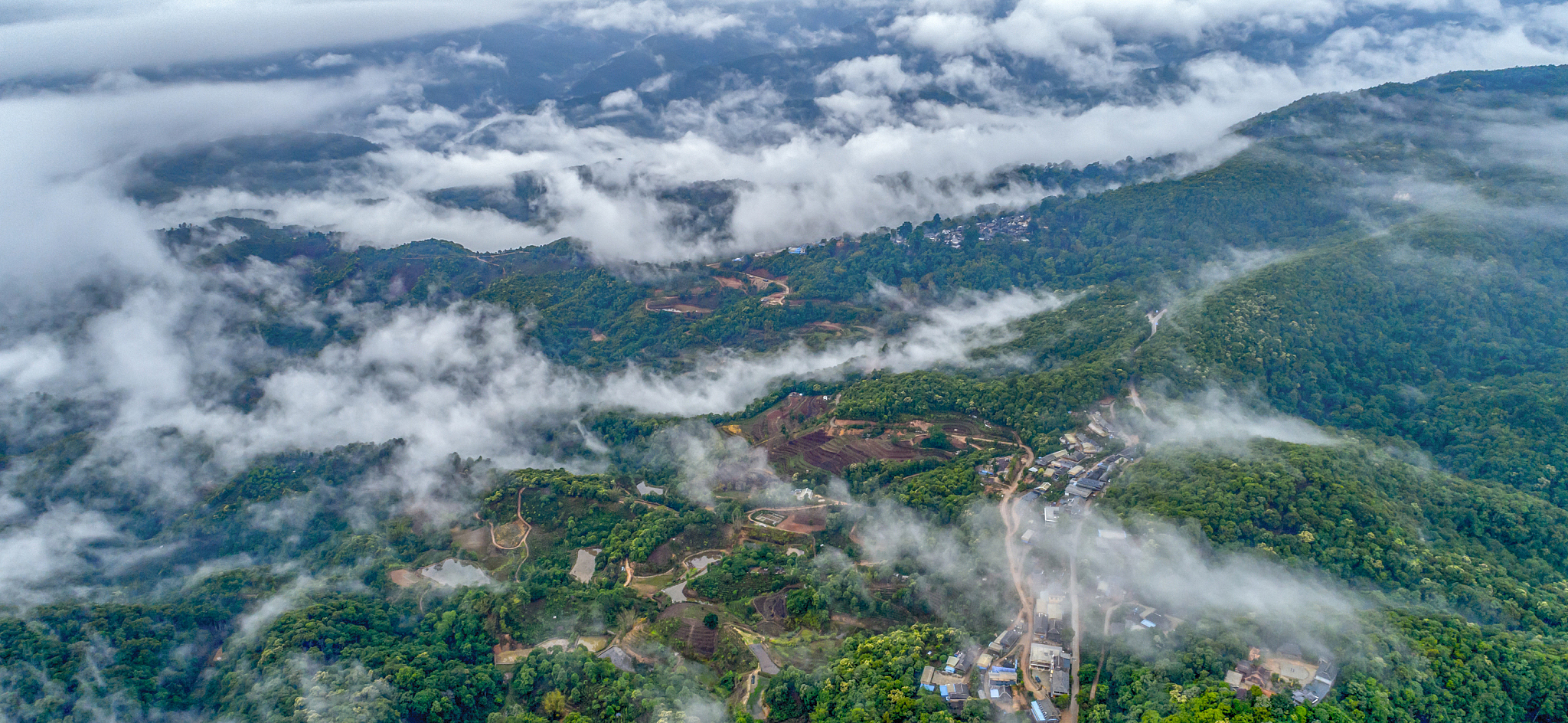
Pu'er, Yunnan, Jingmai Mountain.
Among them, the Chinese project Pu'er Jingmai Mountain Ancient Tea Forest Cultural Landscape was recommended for inclusion. Pu'er Jingmai Mountain Ancient Tea Forest Cultural Landscape is located in Huimin Town, Lancang Lahu Autonomous County, Pu'er City, Yunnan Province, China. It is an evolving cultural landscape composed of ancient tea forests, tea gardens, forests and traditional villages. The land use practices of the Blang and Dai people here can be traced back to the 10th century AD. The traditional understory planting of ancient tea forests effectively responds to the local mountain ecosystem and subtropical monsoon climate conditions, and is combined with the unique governance system of the community.
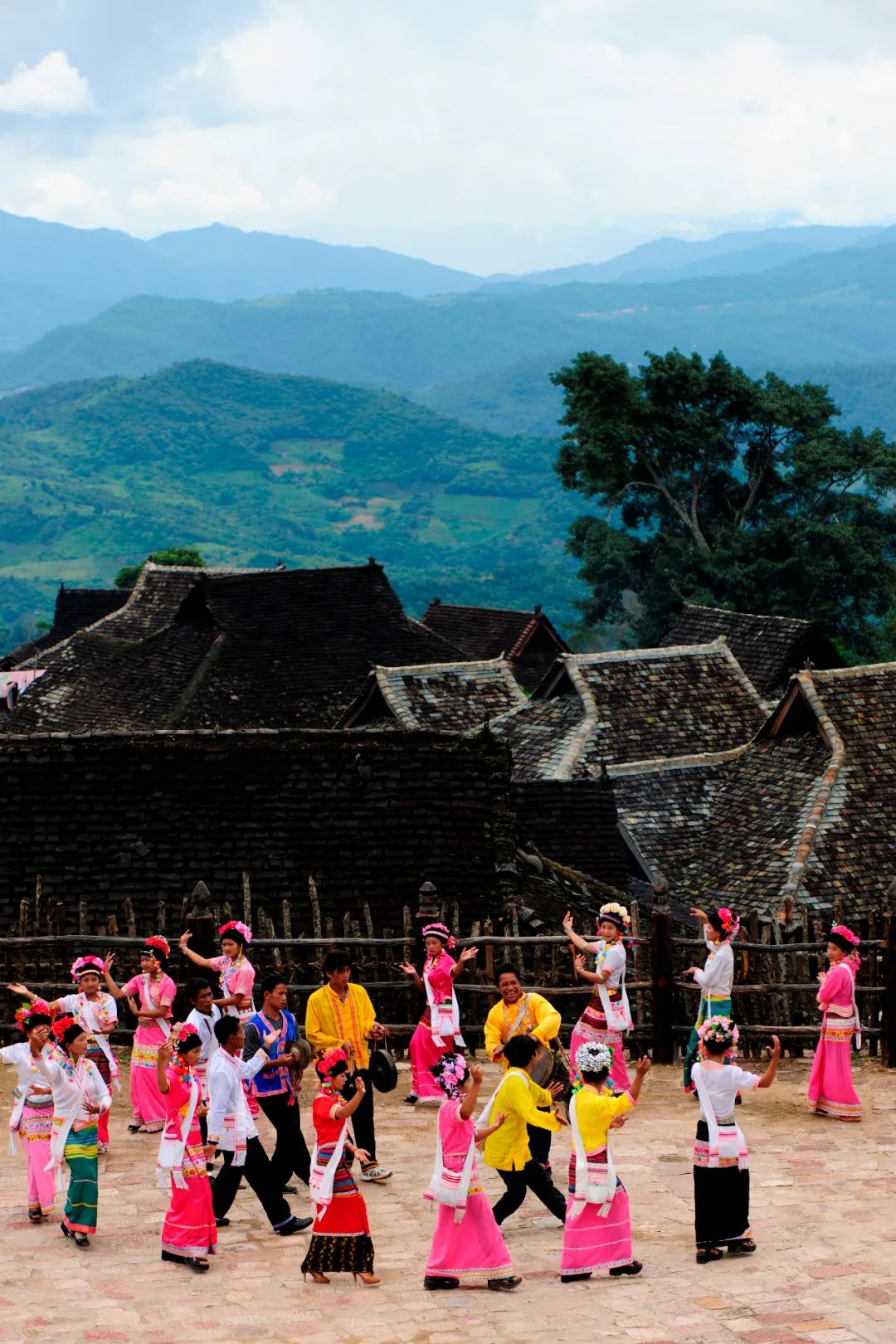
China, Pu'er Jingmai Mountain
For thousands of years, various ethnic groups living here have been associated with tea for generations. The Pu'er Jingmai Mountain Ancient Tea Forest Cultural Heritage Area contains the area with the highest concentration of ancient tea gardens and ancient villages in Jingmai Mountain. The total area declared for the World Cultural Heritage is 177 kilometers. , involving 15 villages. Villages are scattered among patches of green, maintaining tradition, primitiveness and mystery. There is not much modern commercial atmosphere here. Although there are also tourists visiting, the villagers in Jingmai Mountain still maintain the lifestyle of growing tea in every village, picking tea in every household, and making tea in each household.
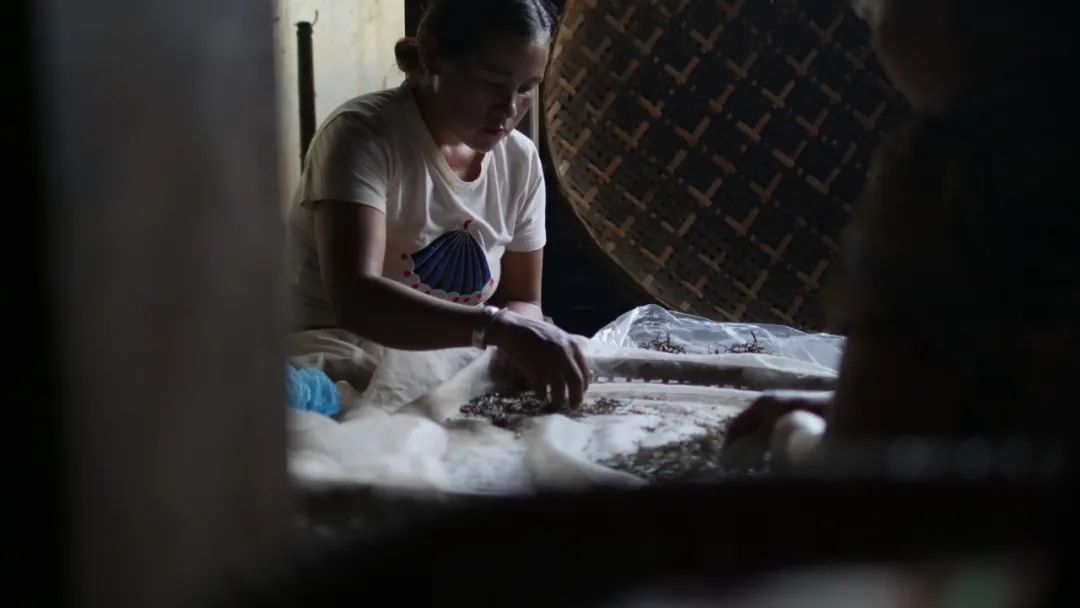
China, Pu'er Jingmai Mountain
The "Pu'er Jingmai Mountain Ancient Tea Forest Cultural Landscape" heritage area covers an area of 72 square kilometers, and the buffer zone covers an area of 105 square kilometers. The heritage area is mainly inhabited by two ethnic groups, the Bulang and the Dai, who still preserve their language, customs, festivals, sacrifices and other ethnic cultural traditions.

A bird's eye view of Nuogan Ancient Village, Huimin Town, Lancang County, Pu'er City, Yunnan Province. The entire ancient village is surrounded by ancient tea trees on Jingmai Mountain.
This project was included in the preliminary list in 2013 and is an application project submitted by China in 2021. The ICOMOS on-site inspection was completed last year. The current evaluation document released by the consulting agency shows that Jingmai has been "recommended for inclusion" by the consulting agency and has the potential to meet the OUV value standard (iii) (v). If successfully included, the ancient tea forest cultural landscape of Pu'er Jingmai Mountain will become China's 57th World Heritage and become an outstanding example of China's traditional tea cultivation, a sustainable land use system that continues to this day.

Nuogan Ancient Village in Jingmai Mountain, Pu'er area, Yunnan.
The state of world heritage protection cannot be ignored
It is reported that this conference will review 58 properties on the World Heritage in Danger List. Currently, the World Heritage in Danger includes 41 cultural heritage items and 17 natural heritage items. In terms of geographical distribution, there are 5 projects in Europe and North America, 6 projects in the Asia-Pacific region, 25 projects in Arab countries, 16 projects in Africa, and 16 projects in Latin America and the Caribbean. One of the heritage sites, the Tombs of Buganda Kings at Kasubi in Uganda, is scheduled to be lifted from danger at this meeting due to improved protection conditions.

Kasubi, Uganda, Buganda Royal Tombs ©UNESCO
The World Heritage List Protection Status Report (7B) will review 205 properties on the List, including 63 items originally scheduled for review in 2022 and 142 items scheduled for review in 2023. The draft resolution recommends that six of the properties be included in the World Heritage in Danger List.
Among the projects that may be listed as endangered heritage, there are many "old" heritage sites that have been on the List for 30 or 40 years. However, due to issues such as climate change, infrastructure (hydropower stations and road construction), and tourism development, they are all facing challenges. The test of being shown a "red card". These include the Kamchatka volcano in Russia, Venice and its lagoon in Italy, and Lviv in Ukraine.
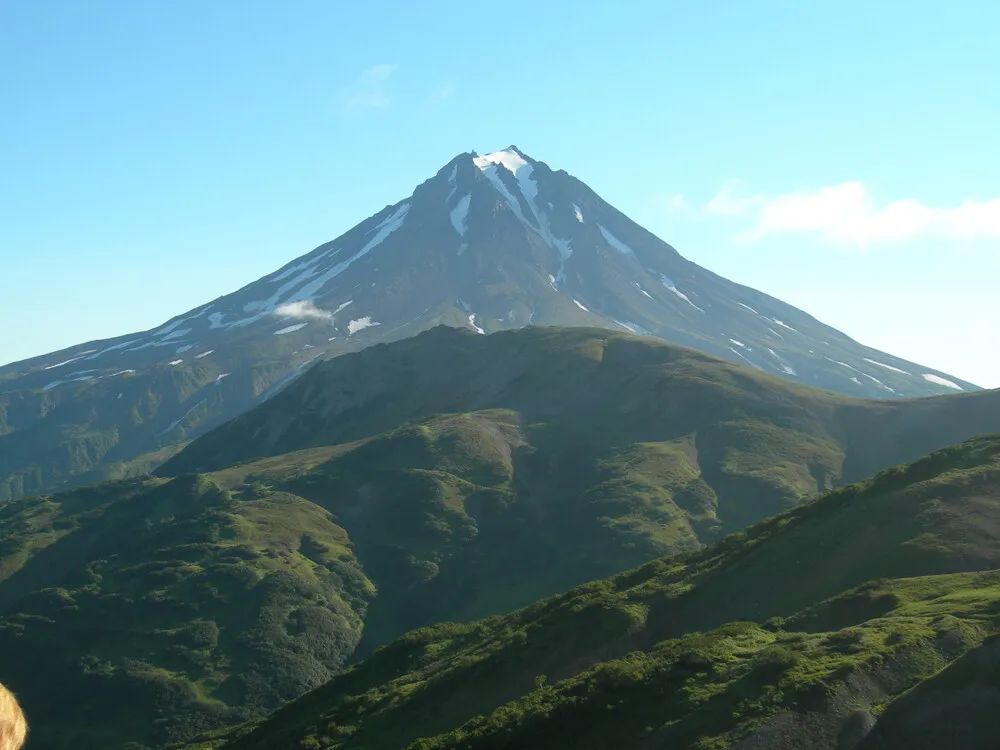
Russia, Kamchatka volcano, ©UNESCO
Kamchatka Volcano is one of the most famous volcanic areas in the world. The interaction between active volcanoes and glaciers creates vibrant beauty and has the largest salmon population in the world. The volcano was included in the World Heritage List in 1996 based on all four criteria of natural heritage. However, the boundaries of the South Kamchatka Nature Park have recently been modified, leaving room for inappropriate development. At the same time, the proposed "Three Volcanoes Park" project is considered to be an inappropriate approach to sustainable tourism development of heritage sites. For these reasons, the heritage will be discussed at this Congress whether to be listed as endangered.
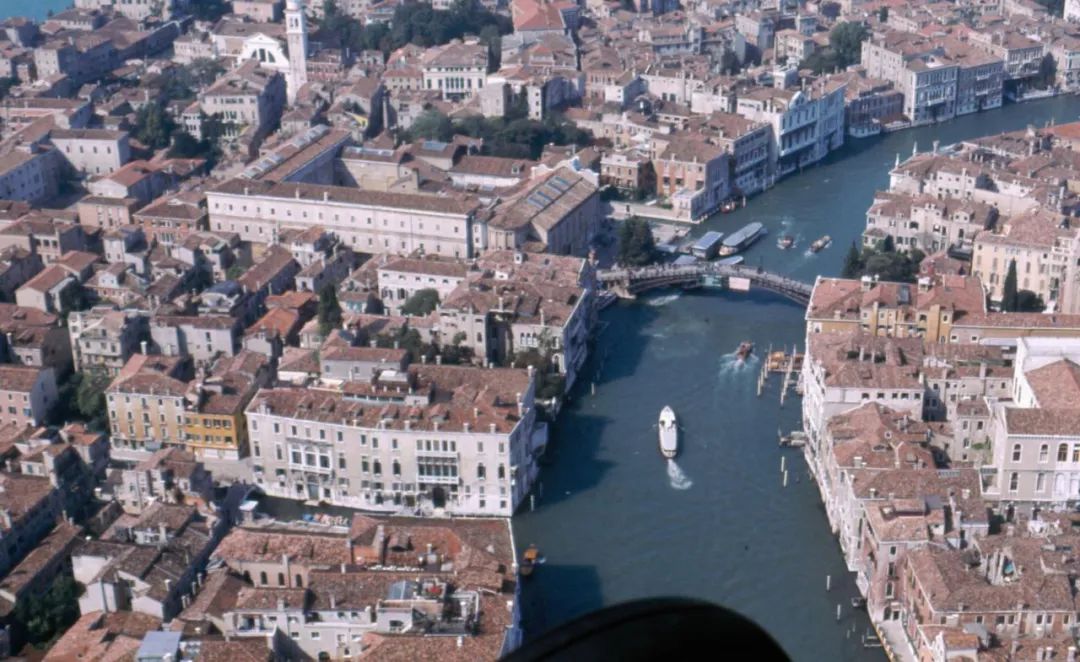
Venice, Italy, ©UNESCO
Founded in the 5th century, Venice is composed of 118 small islands and is an extraordinary architectural masterpiece, many of which were created by world masters. In 1987, Venice was included in the World Heritage List based on all six criteria of cultural heritage. However, the Outstanding Universal Value of the heritage is under serious threat due to continued deterioration caused by man-made and natural factors, including rising sea levels due to climate change, mass tourism and poor management of cruise ships. Therefore, Venice will discuss whether to be listed as an endangered heritage at this conference.

Ukraine, Lviv, ©UNESCO
Lviv is located in western Ukraine. It was included in the World Heritage List in 1998 under criteria (ii) (iv) because the city has well preserved the medieval urban layout and exquisite buildings of different styles and national characteristics. The Russian-Ukrainian conflict that broke out in 2022 has put the city's cultural heritage at risk of war. This conference plans to include Lviv on the World Heritage in Danger List.
Three heritage nominations related to recent memories of conflict will be considered
In 2018, the World War I (Western Front) Cemetery and Memorial Sites of the First World War (Funeral and memorial sites of the First World War) project jointly submitted by France and Belgium triggered recent reflections in the world heritage field on the relationship between OUV and the conflictual historical memory of the 20th century. ——Are heritages that show the "black history" of mankind "qualified" to be included in the World Heritage List? And what challenges will this bring to the current World Heritage nomination and evaluation mechanism?
Although the item was postponed for in-depth discussion, a new term "Sites Associated with Memories of Recent Conflicts" (Sites Associated with Memories of Recent Conflicts) came into being and became the subject of the World Heritage Center, advisory bodies, member states, It has been the focus of heated discussions among state parties and other members.
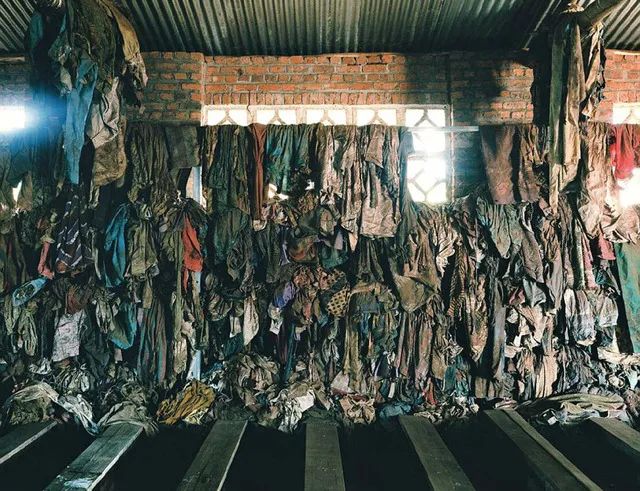
Rwanda, genocide memorial site
At the 44th World Heritage Conference, the World Heritage Center and advisory bodies pointed out on many occasions that the nature of this theme heritage was in conflict with the objectives and scope of the Convention, and suggested that the State Party try to apply for other projects under UNESCO or other international organizations. However, it is clear that such a view is not supported by the Committee or the State party. The 18th Special Meeting of the World Heritage Committee held in January this year reached a resolution (Decision: 18 EXT.COM 4), which pointed out that such heritage application projects can be evaluated as long as the format is complete, and the evaluation should be based on "one case, one discussion" the rules. Therefore, due to the "backlog" of previous projects, this session will "focus" on reviewing three heritage sites related to the memory of recent conflicts, namely: Belgium and France, World War I (Western Front) cemeteries and memorial sites, and Argentina. , ESMA Museum and Memorial Site – former secret detention, torture and execution center, Rwanda, Genocide Memorial Sites: Nyamata, Murambi, Gisozi and Bissero. As of now, the evaluation opinions on the above three applications have not yet been announced. It is unknown whether their review process will trigger fierce debate again.
Note: This article is based on previous reports from relevant media in Yunnan, "Qingyuan Cultural Heritage" and The Paper
